If you’ve ever dreamed of being surrounded by pristine nature, watching dolphins play in the water, and witnessing thousands of birds soaring across the sky, then Chilika Lake should be your next destination. Where is Chilika Lake located in India? Well, It sits on the eastern coast of Odisha, blending the serenity of its waters with a vibrant ecosystem. Chilika is a place where the skies meet the waters, and life moves at a relaxed, rhythmic pace. But hey, don’t just take my word for it—let’s dive into all the wonderful things this magical place has to offer!
Chilika Lake- A Lagoon of Unmatched Beauty
What is Chilika Lake famous for? Well, it’s not just its stunning biodiversity—it’s also the sheer size of the lake that amazes visitors. The area of Chilika Lake spans over 1,100 square kilometers, making it Asia’s largest brackish water lagoon. Formed more than 3,500 years ago, Chilika has long supported trade, thriving communities, playful dolphins, migratory birds, and a rich ecosystem.
A Gateway to History
Back in the day, Chilika was a major port for the Kalinga kingdom, serving as a bustling maritime hub. Traders sailed its waters to reach far-off lands like Southeast Asia, making the lake a thriving center of commerce and culture. Over time, it has become much more than an economic hotspot—it’s a spiritual and cultural symbol for the communities that call it home.
Globally Recognized for Its Significance
Today, Chilika Lake is celebrated not only for its natural beauty but also for its global importance. It proudly holds a place on the Ramsar list of wetlands of international importance, further underscoring its ecological and cultural value.
With a history as rich as its biodiversity, the lake truly offers an experience like no other.
The Biodiversity of Chilika

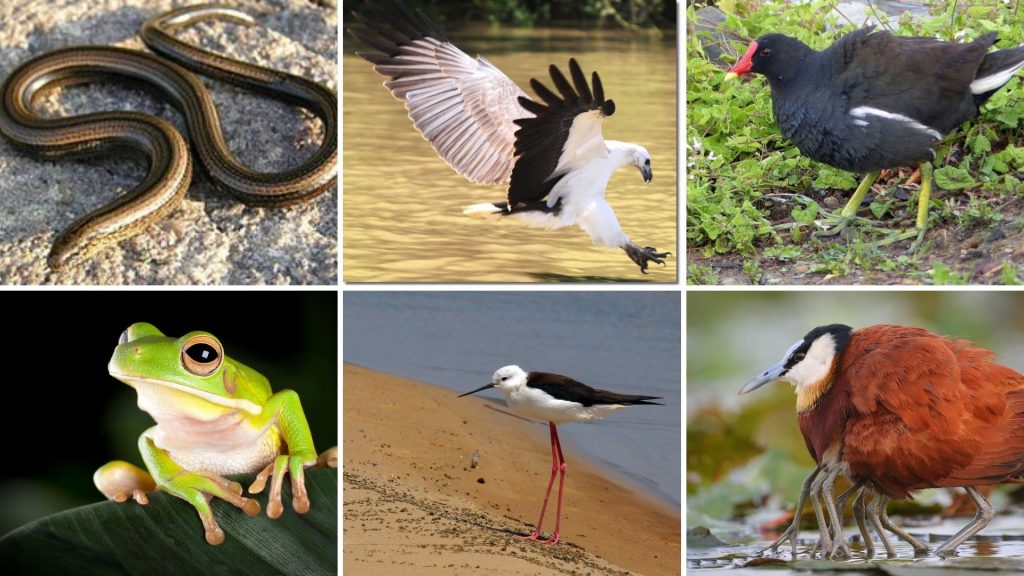
Chilika is a paradise for nature lovers. Birds in Chilika Lake create an awe-inspiring spectacle, with over 160 species calling this place home at different times of the year. The real magic happens during the migratory season (between November and February), when thousands of migratory birds fly in from distant lands like Siberia, Russia, and Iran. For birdwatchers, this is nothing short of heaven!
But the lake isn’t just about the bird! The charming Chilika Lake dolphins, especially the rare Irrawaddy dolphins found near the Satapada region, offer another reason to visit. Watching these playful creatures leap through the water is a truly magical experience that complements the serenity of the lake.
The lake’s ecosystem supports an incredible variety of fish, crabs, prawns, and other aquatic life, not to mention unique plant species that thrive in its brackish waters—a fascinating blend of salty and freshwater. Truly, this lake is nature’s ultimate buffet!
Why Chilika Lake Matters to the Local Communities
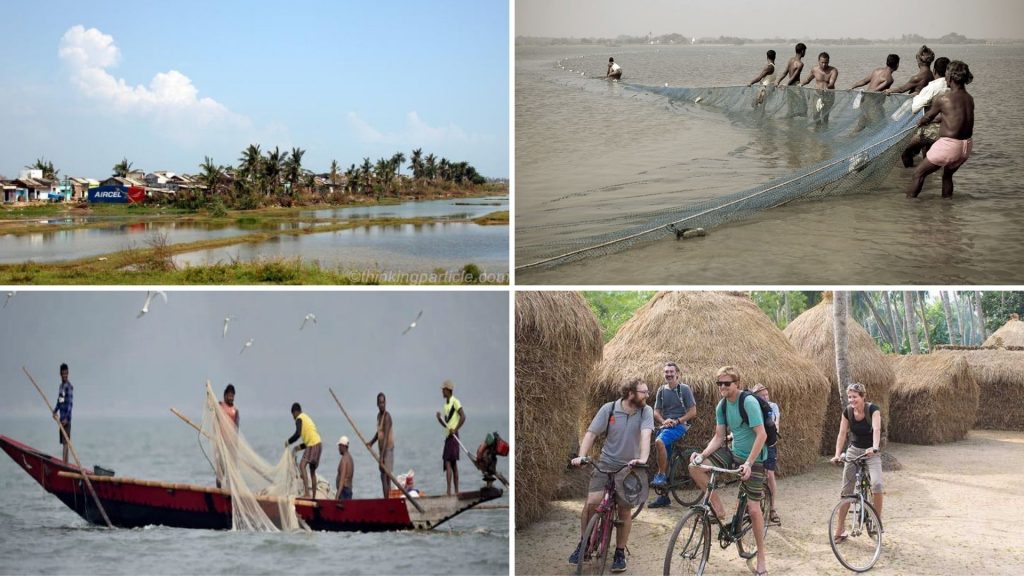
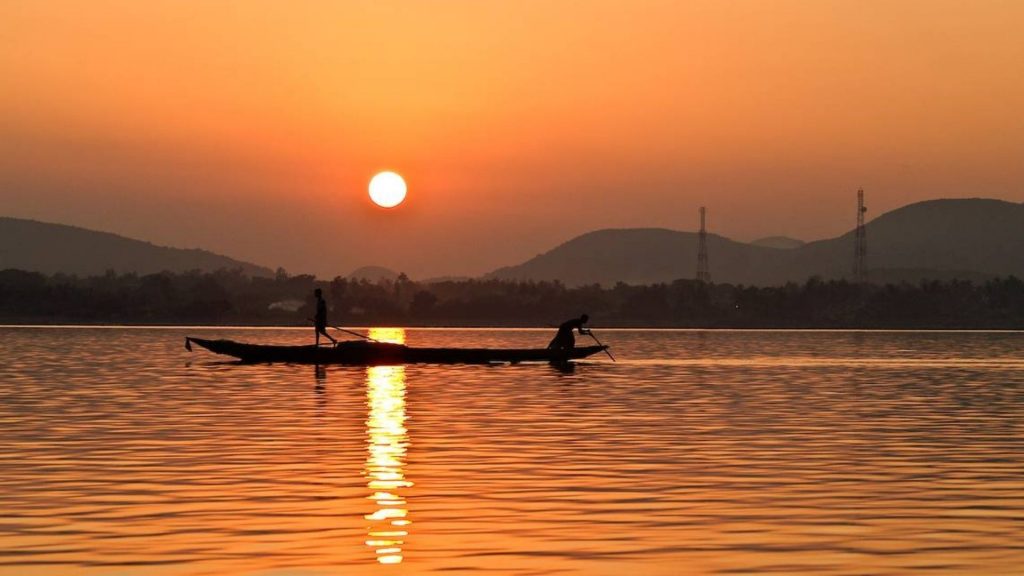
Chilika is more than just a pretty face—it’s the lifeline for over 150,000 fisherfolk and their families. Fishing is a big deal here, with local communities depending on the lake for their livelihoods. They have a rich cultural heritage connected to the waters, and it’s fascinating to see how their lives revolve around Chilika.
The lake plays a significant role in local festivals and traditions. Have you heard of Kalijai Island? It’s home to the famous Kalijai Temple at Chilika Lake, dedicated to Goddess Kali, who is deeply revered by the local fisherfolk. Legend has it that she protects those who venture into the lake’s waters, and her presence inspires countless stories and songs during local celebrations. Visiting this island shrine is not just a spiritual experience but also a peaceful retreat amidst the beauty of Chilika.
Top Attractions in and Around Chilika Lake
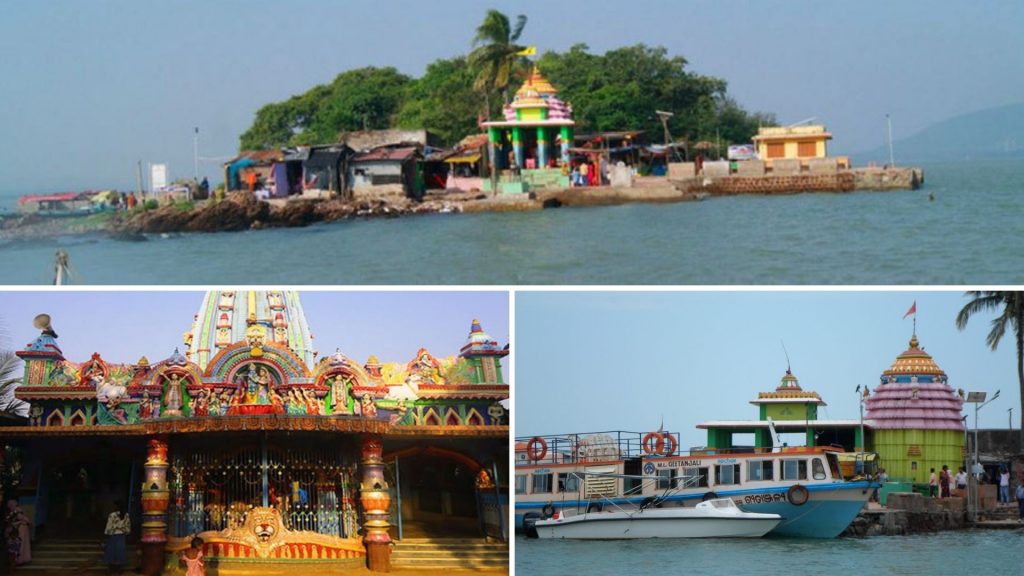
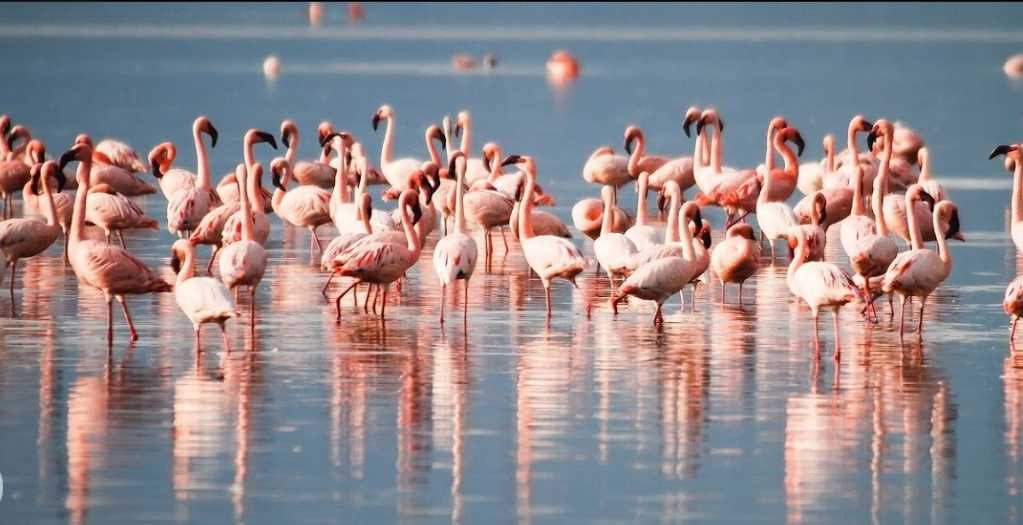
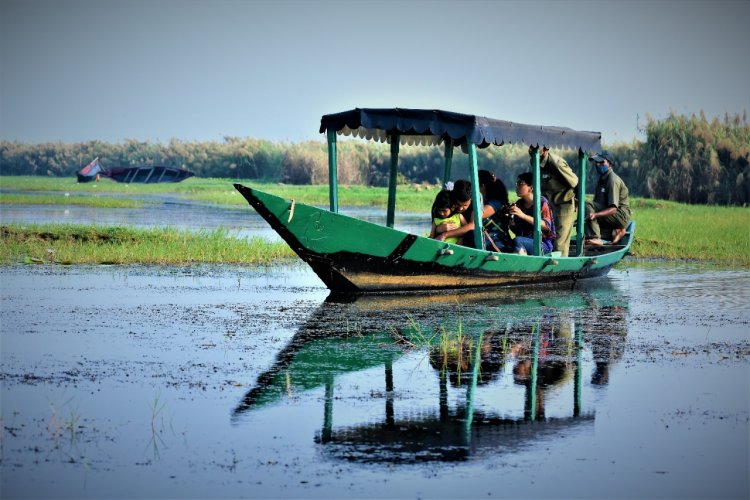
Now that we’ve established that Chilika is awesome, let’s dive into all the amazing places to visit near Chilika Lake and what you can see and do here. Chilika isn’t just one destination; it’s a treasure trove of attractions, from island shrines to bird sanctuaries, each offering its own charm. Whether you’re a nature enthusiast, a history buff, or just looking for a serene getaway, this lake has something for everyone.
- Kalijai Island
As mentioned, this is where you’ll find the famous Kalijai Temple, the lake’s iconic shrine. If you’re into mythology or just want to soak in some peace, this island near Chilika Lake is a must-visit.
- Nalabana Bird Sanctuary
Bird sanctuary near Chilika Lake? Look no further than Nalabana! Spread over 15 square kilometers, this sanctuary is a haven for migratory birds. From flamingos to pelicans, you’ll witness birds of every shape, size, and color—a dream come true for birdwatchers. Stay tuned as we explore more about this sanctuary below!
- Satapada
The go-to tourist spot near Chilika Lake for dolphin sightings. If you’re lucky, you’ll spot the elusive Irrawaddy dolphins. Hop on a boat, keep your camera ready, and enjoy the show as these playful creatures leap through the waters.
- Rambha Bay
Located in the southern part of the lake, Rambha Bay is where you’ll find charming little islands like Breakfast Island and Honeymoon Island. The views are stunning, and it’s a perfect spot for a peaceful retreat amidst nature.
- Mangalajodi
This quaint village is making waves for its eco-friendly tourism practices. The community here has shifted from poaching birds to protecting them, turning Mangalajodi into one of the best birding spots in the country. It’s a must-visit for those passionate about wildlife and sustainability.
- Rajhans Island
Just an 18-kilometer boat ride from Satapada, Rajhans Island sits between Chilika Lake and the Bay of Bengal. With its sandy shores, casuarina trees, and playful wildlife, including dolphins and vibrant birds, it’s a perfect escape for nature lovers and adventurers alike.
Whether it’s the rich biodiversity, the tranquil islands, or the stunning views, these spots make Chilika a destination you’ll never forget!
More Reads: Nandankanan, Unique Zoo & Botanical garden, Odisha
Nalabana Bird Sanctuary, Chilika
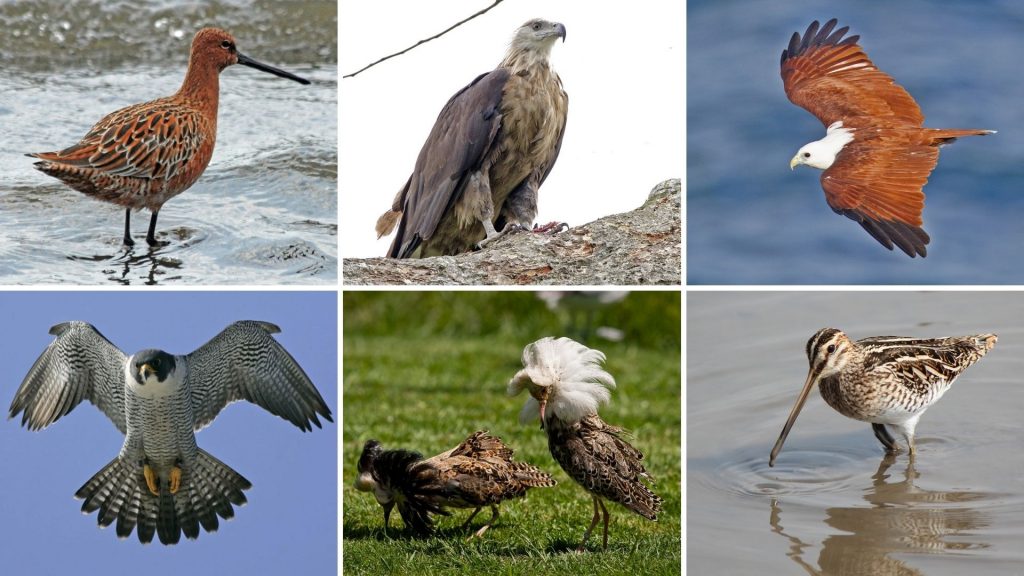
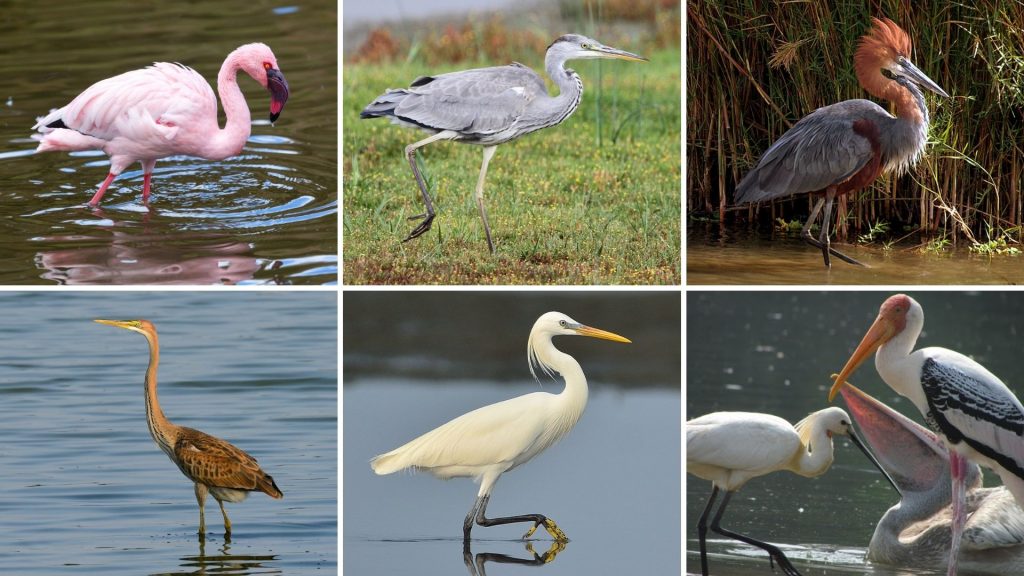

This island within Chilika Lake is a prime location for spotting long-legged waders such as lesser flamingos, grey herons, goliath herons, and purple herons. You’ll also find egrets, spoonbills, painted storks, and the striking black-headed ibis. Here are some other bird species you can expect to see during your visit:
- Rare Species: Asiatic Dowitcher, Dalmatian pelicans, Pallas fish eagles, spoon-billed sandpiper, spot-billed pelicans.
- Raptors: White-bellied sea eagle, pariah kite, Brahminy kite, kestrels, Marsh harriers, Peregrine falcon.
- Shorebirds: Plovers, Collared Pratincoles, Ruff, Dunlin, Snipes, Sandpipers.
- Mudflats & Vegetated Areas: Larks, Wagtails, Lapwings, Stilts, Godwits, Moorhens, coots, Jacanas.
- Along the Shore: Pond herons, night herons, Kingfishers, Rollers, little cormorants.
- Common Waterfowl: Brahminy ducks, Shovellers, Pintails, Gadwalls, Teals, Pochards, Geese, coots.
Olive Ridley Sea Turtle Near Chilika
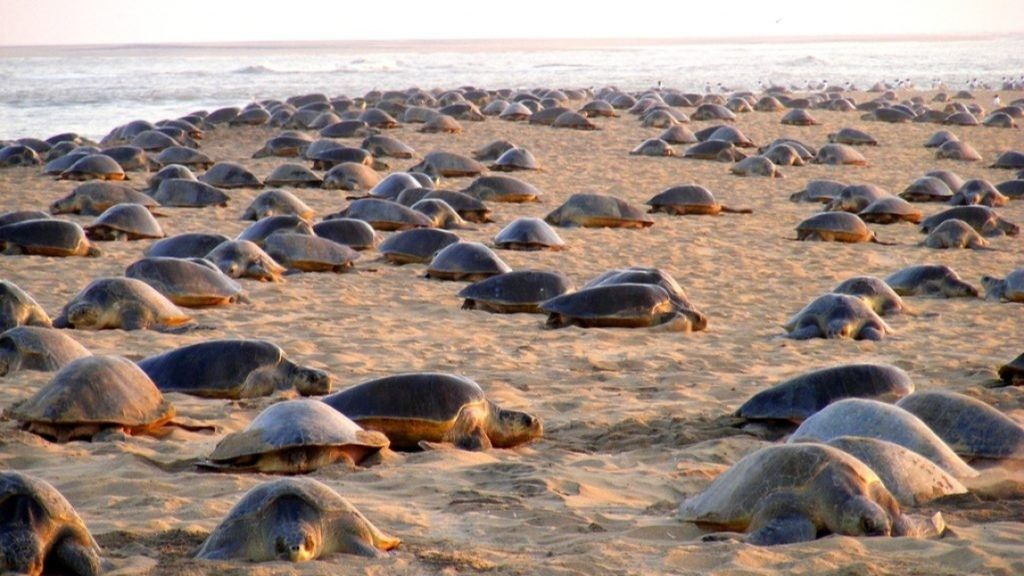
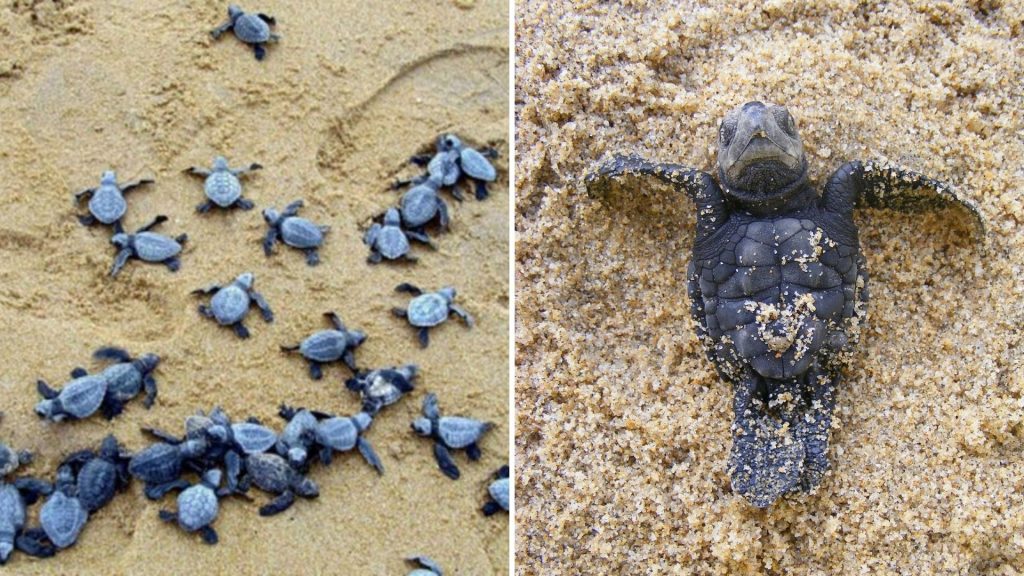
Meet the Olive Ridley sea turtle, the smallest of all sea turtles and currently listed as endangered by the IUCN Red List. These remarkable turtles face significant threats to their habitat, which is why they’re protected under Schedule One of the Wildlife Protection Act of 1972.
While mass nesting, known as arribada, is a rare sight, you might spot these turtles nesting sporadically along the coastline of Chilika. The area offers an impressive congregation of these turtles, making it a fantastic feeding and breeding ground for them. If you’re lucky, you might witness these fascinating creatures during your visit!
Conservation Efforts to Maintain Chilika Lake
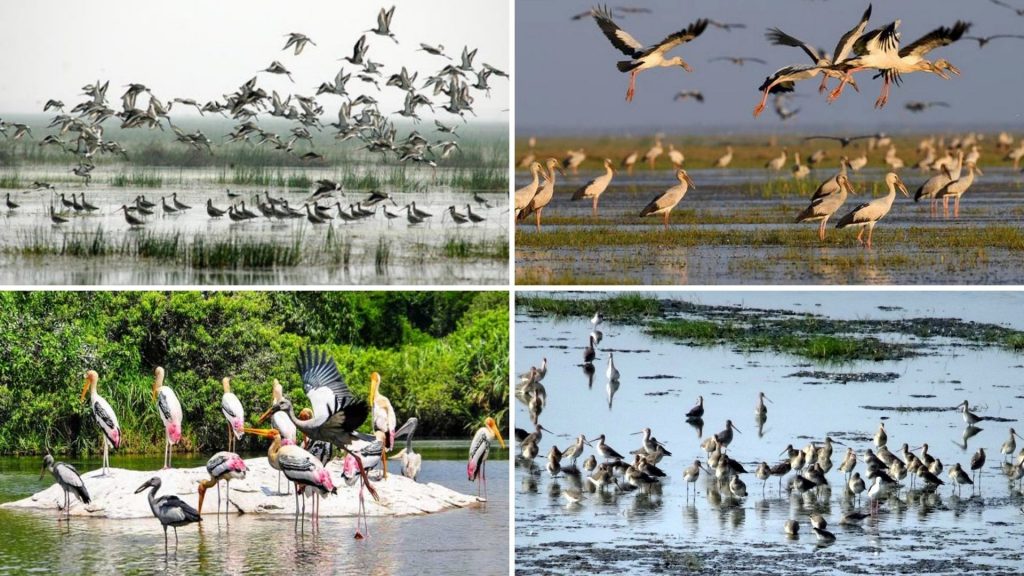
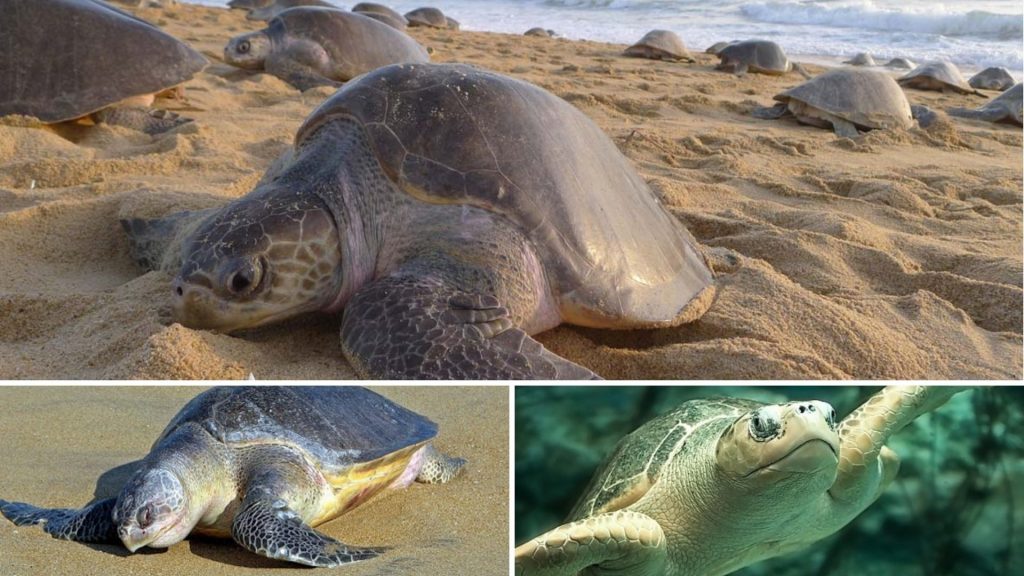
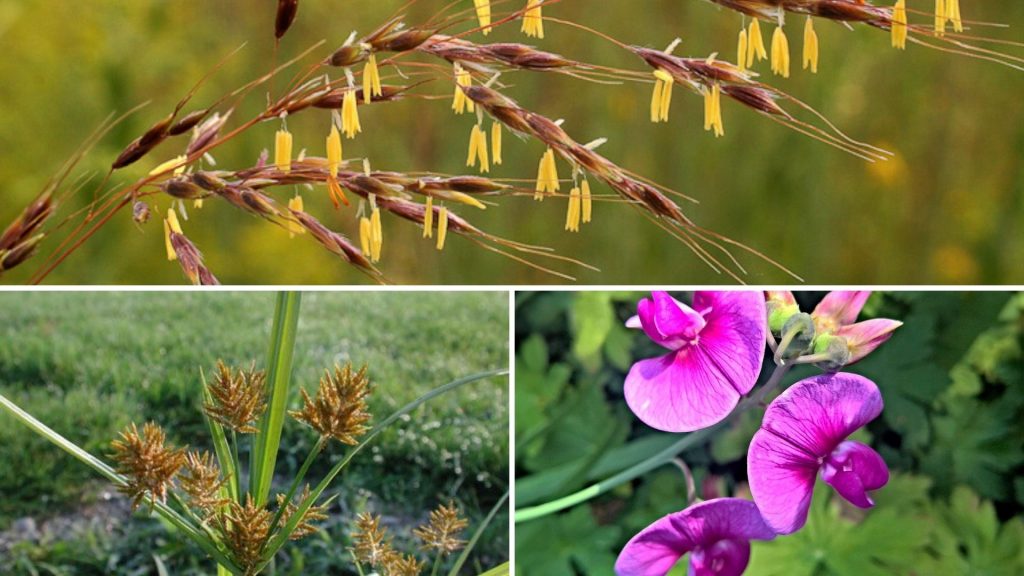
Maintaining the health of a lake this large is no small feat. Chilika faced some serious challenges over the years—siltation, illegal prawn farming, and encroachment started taking their toll. But thanks to the Chilika Development Authority (CDA), the lake has been restored to its former glory. In fact, dredging and removing aquaculture farms have helped reopen the lake’s natural mouth to the sea, which keeps its ecosystem thriving.
The local communities play a big role too. Villagers, especially in places like Mangalajodi, have taken the initiative to protect the birds and wildlife of the lake. So when you visit, you’re supporting eco-tourism that helps preserve this delicate environment!
Places to Explore Near Chilika
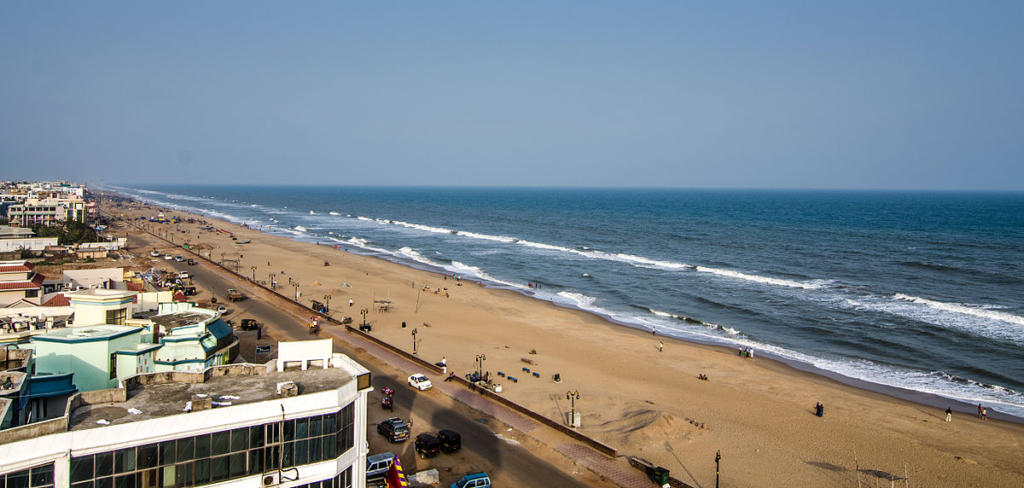
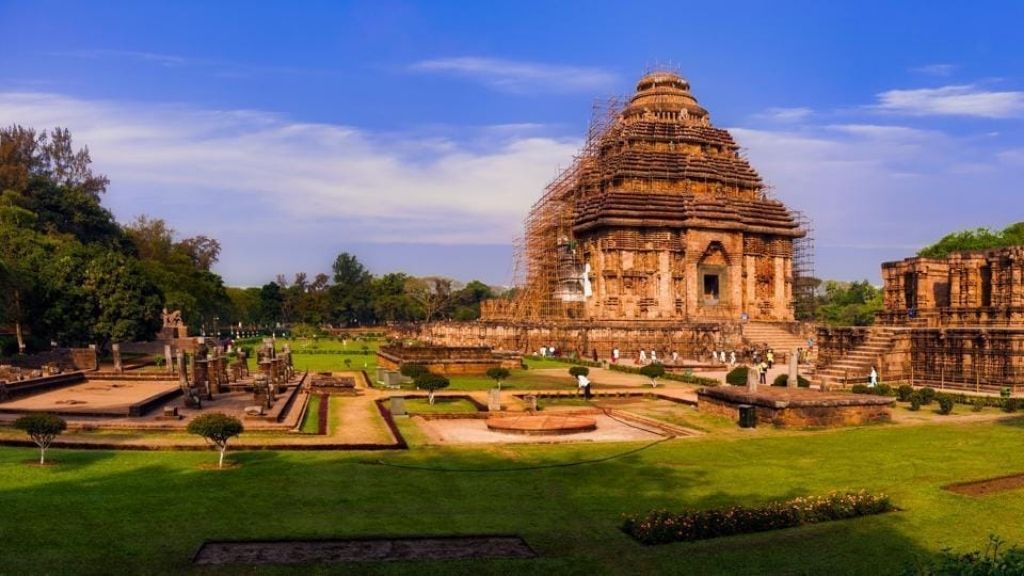
Once you’ve soaked in the beauty of Chilika, there are plenty of places to visit near Chilika Lake that add to the experience:
- Puri: Just a short drive away, Puri is famous for the Jagannath Temple, one of the Char Dhams (four major pilgrimage sites) for Hindus. The beaches here are pretty cool too, offering a mix of spirituality and seaside charm.
- Konark Sun Temple: This UNESCO World Heritage site is known for its awe-inspiring architecture. The ancient temple is shaped like a colossal chariot, and it’s a must-see if you’re into history and culture.
- Gopalpur-on-Sea: If you’re craving some time by the ocean, this laid-back beach town is just a couple of hours south of Chilika. Perfect for those who like their beaches quiet and less crowded.
With so many tourist attractions near Chilika Lake, your trip can easily become a rich blend of nature, history, and coastal relaxation!
Visitors Guide to Chilika Lake
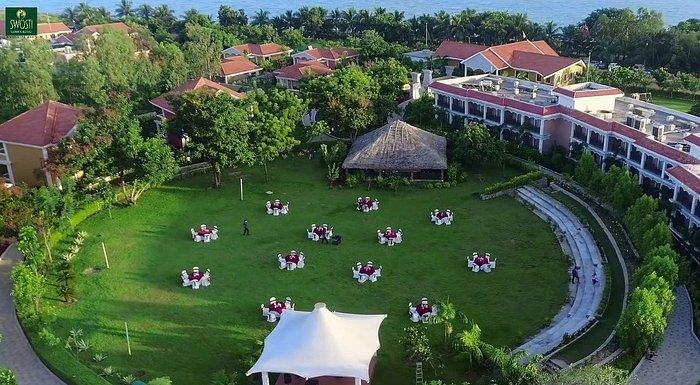
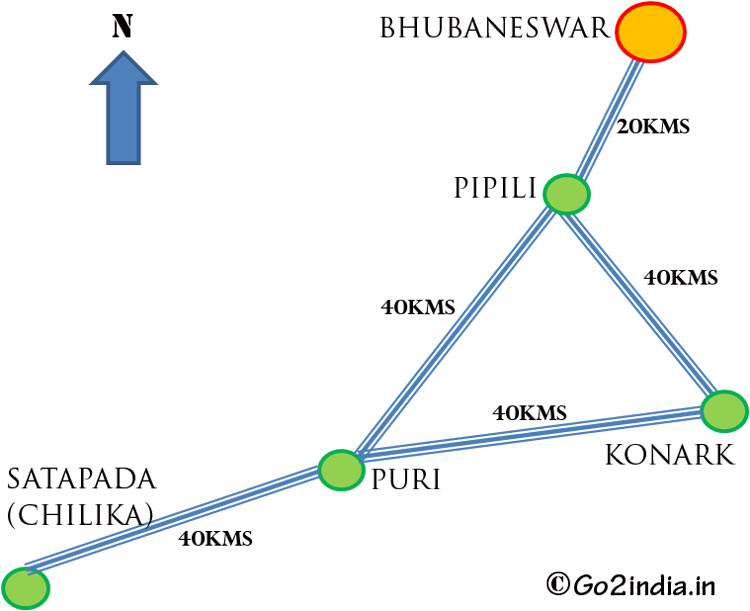
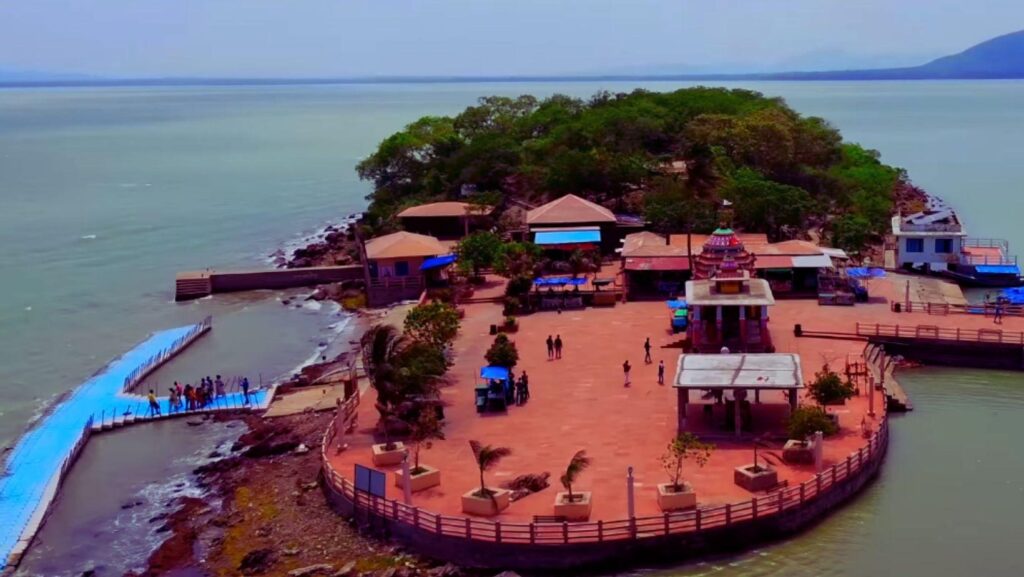
Best Time to Visit?
Chilika is beautiful year-round, but if you want to experience the best of the lake, plan your trip between October and March. This is when migratory birds arrive, transforming the lake into a birdwatcher’s paradise, and the weather is just right—cool, breezy, and pleasant.
For dolphin sightings, the prime time is from November to February. Early mornings are ideal for spotting the playful Irrawaddy dolphins, so don’t forget to set that alarm clock! Whether it’s the vibrant wildlife or the serene atmosphere, Chilika Lake tourism offers something unforgettable for every traveler.
How to Reach?
Getting to Chilika is a breeze. Here’s how:
- By Air: The nearest airport is Biju Patnaik International Airport in Bhubaneswar, located around 120 km away. Regular flights connect Bhubaneswar to major Indian cities, ensuring easy accessibility.
- By Train: The nearest railway stations to Chilika Lake are Balugaon, Puri, and Khurda Road Junction, all well-connected to major cities in India, ensuring convenient access for travelers.
- By Road: Chilika is well-connected by road. You can drive from Bhubaneswar, Puri, or Cuttack, and the scenic routes make the trip worthwhile. Bhubaneswar to Chilika Lake distance is approximately 100 kilometers, making it a comfortable drive of about two hours.
Where to Stay Near the Lake?
You have some pretty cool accommodation options if you’re looking for hotels near Chilika Lake:
- Panthanivas (OTDC-run lodges): These government-run lodges in Barkul and Rambha offer stunning views of the lake and come with decent amenities, making them a great choice.
- Mangalajodi Eco Cottages: For a more rustic and eco-friendly stay, Mangalajodi provides charming cottages managed by the local community, offering an authentic experience close to nature.
- Houseboats: For a truly unique experience, consider staying on a houseboat. Waking up to the tranquility of the lake is something you’ll never forget and adds a special touch to your visit.
Travel Tips for Your Chilika Adventure
Planning for a trip? Here’s a quick Chilika Lake travel guide with some essential tips to make your visit memorable:
- Bring Binoculars: Whether you’re birdwatching at Nalabana Bird Sanctuary or spotting Irrawaddy dolphins at Satapada, a good pair of binoculars can make a huge difference. It allows you to get up-close views of the incredible wildlife without disturbing their natural habitat.
- Book in Advance: Chilika is a popular destination, especially between October and March. During the peak season, tours, accommodations, and boat rides can fill up quickly. Booking your stay and activities in advance ensures a smooth and stress-free experience.
- Respect Wildlife: Chilika is home to a delicate ecosystem of birds, dolphins, and other creatures. Keep a respectful distance when observing wildlife and avoid loud noises that might disturb them. Always carry a bag for waste and ensure you leave no litter behind to preserve the lake’s natural beauty.
More Reads: Satkosia Sand Resort – Perfect for Eco-Tourism
Final Thoughts
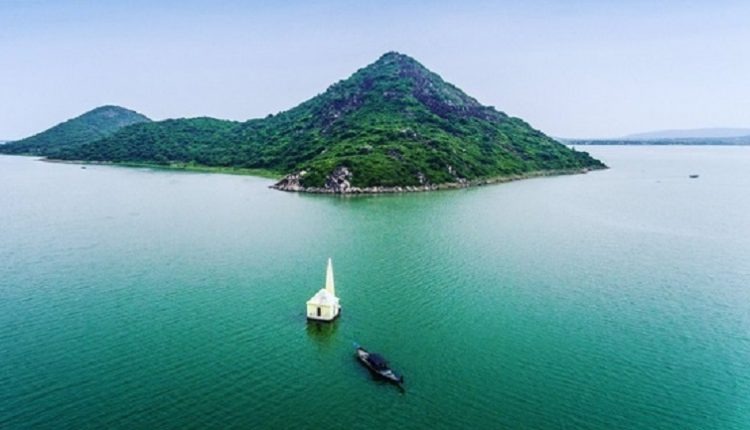
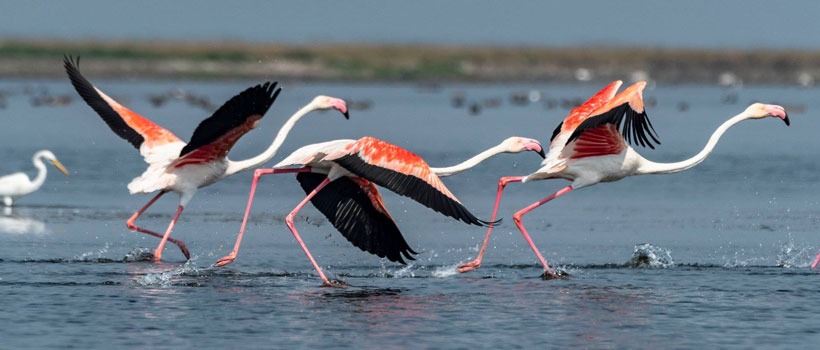
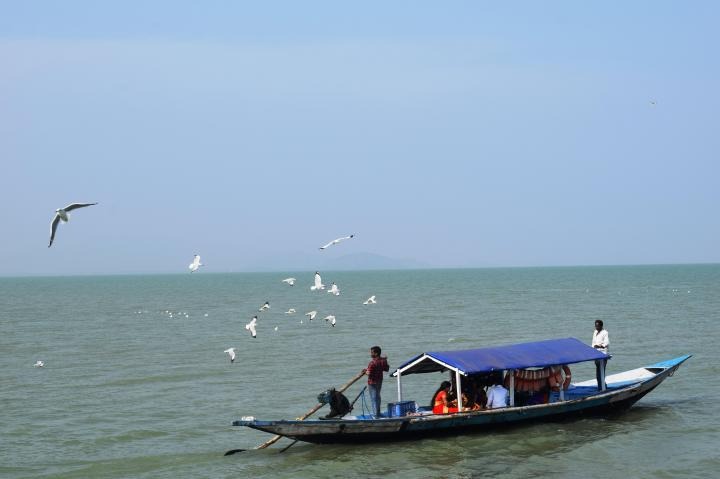
Chilika Lake is a destination that truly offers something for everyone. From its serene beauty and abundant wildlife to its cultural richness and fascinating history, this place is a treasure trove of experiences. Whether you’re a birdwatcher mesmerized by migratory birds, a nature enthusiast enjoying the thrill of spotting Irrawaddy dolphins, or someone seeking a peaceful retreat on its picturesque islands, Chilika has it all.
Add to that the rich cultural heritage of Kalijai Temple, the eco-tourism of Mangalajodi, and the stunning places to visit near the Lake like Rajhans Island and Nalabana Bird Sanctuary, and you have a destination that’s perfect for any traveler. With this travel guide, you’re all set to explore its wonders responsibly and make unforgettable memories. So pack your bags and get ready to experience the magic of Chilika Lake!
FAQs on Chilika Lake
What is the distance from Bhubaneswar to Chilika Lake?
The distance from Bhubaneswar to Chilika Lake is approximately 100 kilometers, making it a convenient two-hour drive through scenic routes.
What are the best places to see around Chilika Lake?
Chilika Lake offers stunning attractions like Kalijai Temple, the Nalabana Bird Sanctuary, and islands like Rajhans Island, and Rambha View Point, each offering unique experiences for visitors.
What activities can you do at Chilika Lake?
Visitors can enjoy activities like boating, spotting the rare Irrawaddy dolphins, exploring the bird sanctuary, or simply relaxing amidst nature. Be sure to check the boating prices for available tours.
How far is Puri from Chilika Lake, and what’s the distance?
The distance from Puri to Chilika Lake is about 50 kilometers, which takes approximately an hour by road, making it a perfect day trip destination.
What accommodations are available near Chilika Lake?
There are many options for hotels near Chilika Lake, including government-run lodges at Barkul and Rambha, eco-friendly cottages at Mangalajodi, and houseboats for a unique stay on the lake.
2 Comments